A talk by Dr Amy Hayes on Mary of Guelders, (Queen of James II) and her connections to the Trinity Church in Edinburgh was held on 19th October 2023 at the West Church, Haddington.
She is a founding member of the ‘Trinity Network’, an interdisciplinary network focussing on the Trinity Church, Hospital and Altarpiece as emblematic of Scotland’s vibrant Renaissance period.
The following is a precis of her talk:
Dr Hayes drew on her academic field of medieval Scottish history, in particular the role of queen consort in this period, to present an interesting portrait of Mary of Guelders as a royal wife, mother, ruler, diplomat and patron of ecclesiastical buildings. A lasting monument to her vision and determination was the Trinity Collegiate Church and Hospital (alms house) in Edinburgh, part of which still survives as one of the oldest buildings in Edinburgh.
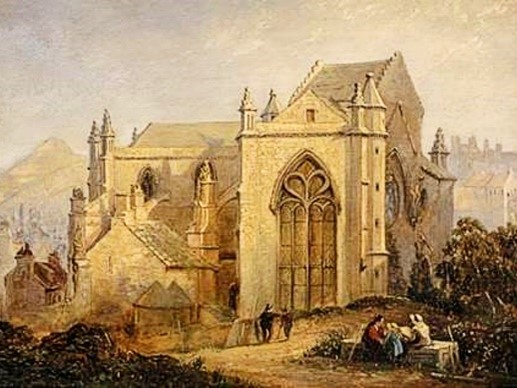
Mary was born in 1434/35. Her parents were Arnold, Duke of Guelders, and Catherine of Cleves. While her parents were relatively minor nobles, Catherine was the niece of Philip the Good, Duke of Burgundy, which connection led to Mary’s sojourn in the Burgundian court. Mary’s formative years were spent there where, under the tutelage of Philip and his wife, Isabella of Portugal, she learned much about the workings of a royal court and began to develop the foundations for the considerable diplomatic and political skills she deployed in Scotland.
Mary’s relationship to the Burgundian royal family gave her considerable value in the medieval marriage stakes. Following negotiations between the Duke of Burgundy and the Scottish court, Mary’s marriage to James II was arranged, the dowry paid by Philip. Thus in 1449 at the age of 15, Mary married James and so became Queen Consort of Scotland. In this way the Stewarts became part of the network of royal houses in Europe. The marriage proved to be a successful and harmonious one, King and Queen working well in partnership to further the interests of the crown. Mary’s personal interests included her lands, from which she derived significant wealth, and in buildings, both secular and ecclesiastical. She produced 5 surviving children (3 sons and 2 daughters) during her 11 year marriage, the future James III being her eldest son. With the accidental death of James II at the siege of Roxburgh Castle in 1460 (standing too close to a cannon when it exploded) Mary was widowed and became governor (‘Regent’) of Scotland because James III was a child.
While Victorian and later historians dismissed Mary as ambitious, susceptible, headstrong and unstable, eventually a victim of her family history of mental instability, more modern interpretations of her life and legacy look more carefully at the concept of queenly power, applying a more feminist historiography to Mary’s life. She is now seen as an astute, capable ruler and stateswoman. In particular, during her 3 years as ‘regent’ she brought to bear her considerable political nous and determination to get things done, first by concluding the siege of Roxburgh Castle and in so doing cleverly introducing her approach to the belligerents in the Wars of the Roses. Essentially, she played off the Houses of York and Lancaster against each other, to the benefit of Scotland. She developed a fruitful relationship with Margaret of Anjou (wife of Henry VI), at an early stage making a deal with Margaret to return Berwick upon Tweed to Scotland in return for her support of the Lancastrians. Mary was also an important patron of architecture seeing to, for example, the completion of Ravenscraig Castle in Kirkcaldy. However, her great architectural project, conceived, led and largely financed by her before her death in 1463, was Trinity Collegiate Church built on part of the site now occupied by Waverley Station.
Fulfilling the ‘expected’ characteristics of the ideal queen, with the likes of St Margaret (founder of Dunfermline Priory) as a role model, Mary showed piety and generosity in charitable works. Widowhood through her dower settlement of £5000 (a vast sum for the time) gave her the means to give expression to these qualities and she successfully petitioned the Pope to transfer control of Soutra to the new Trinity Church foundation. From 1460-1463 Mary spent £1000 on the construction of this magnificent building. At the time of her death only the imposing vaulted apse, the transepts and the choir were completed. Mary was buried in the church. James III did not complete the project, spending only £150 on it over 7 years. In 1471, when he gained his majority, he handed the care and maintenance over to Edward Bonkill and showed no further interest in the church. It is thought that Edward commissioned from Hugo van der Goes the magnificent triptych altarpiece. Although not completed, Trinity was sumptuously decorated and furnished, with exquisite detailing of the internal and external stonework, included images of the Virgin Mary and no doubt other saints and, of course, the altarpiece. The foundation provided for a provost, 8 prebendaries and 2 clerks, with the adjacent hospital (almshouse) providing for 18 beneficiaries.

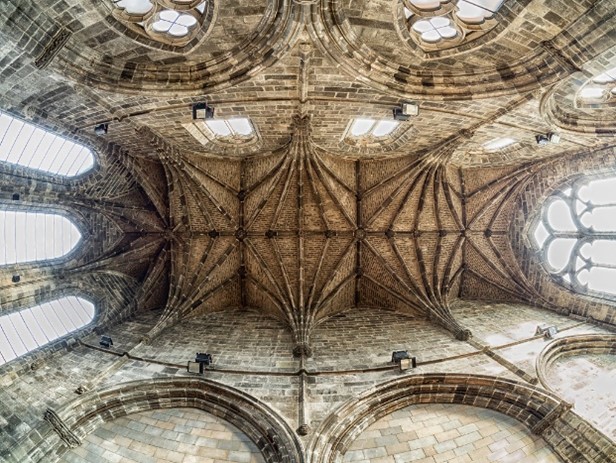
The church remained in use until 1848, surviving the reformation and its aftermath, before being dismantled to make way for an extension to Waverley Station, much to the ire of the Society for Antiquaries of Scotland. To mollify the antiquarians, it was agreed that the church be reconstructed in its entirety on an alternative site, yet to be chosen, to which end every stone was carefully numbered and all stored on Calton Hill. Nothing then happened until 1870 by which time only about 1/3 of the stones were left, the rest having been pilfered for use in various buildings around the city. A new church was constructed on a site in Jeffrey Street and the Trinity Apse was recreated from the remaining stones to form part of it.
Eventually most of the new church was demolished, leaving only the Apse hidden behind Chalmers Close. The Apse is a grade A listed building, but currently stands empty. The altarpiece is displayed in the National Gallery of Scotland.
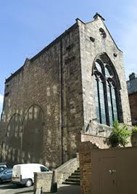
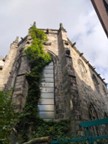
The Trinity Network: https://blogs.ed.ac.uk/trinitynetwork/the-trinity-network-who-are-we/
Dr Amy Hayes Personal Bio: https://www.open.ac.uk/people/avh82
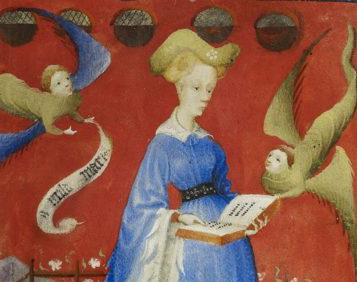
You must be logged in to post a comment.